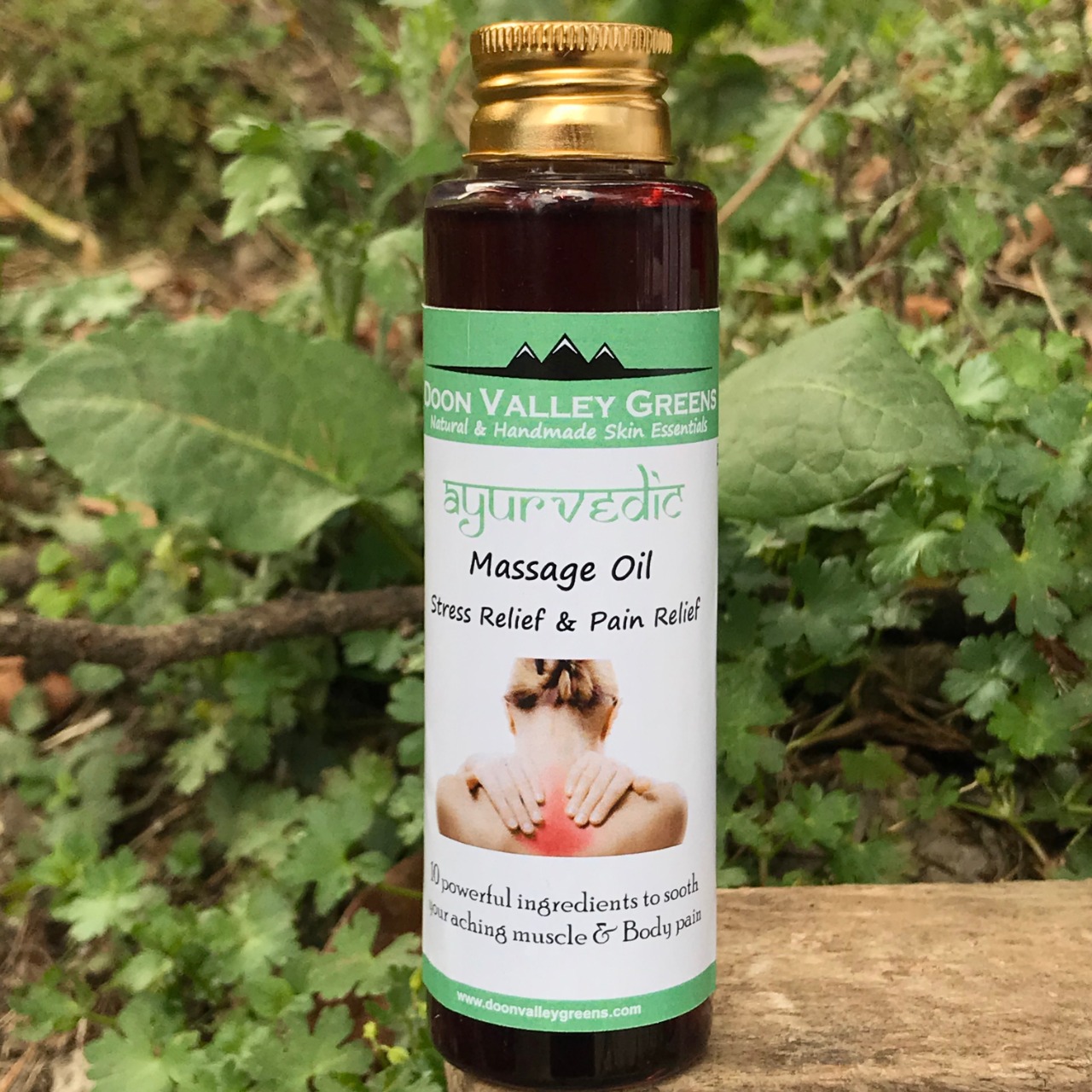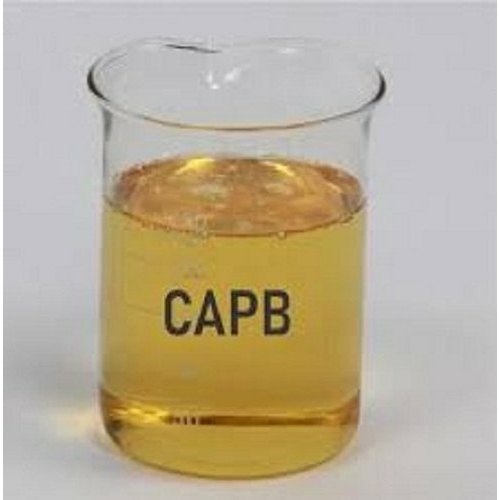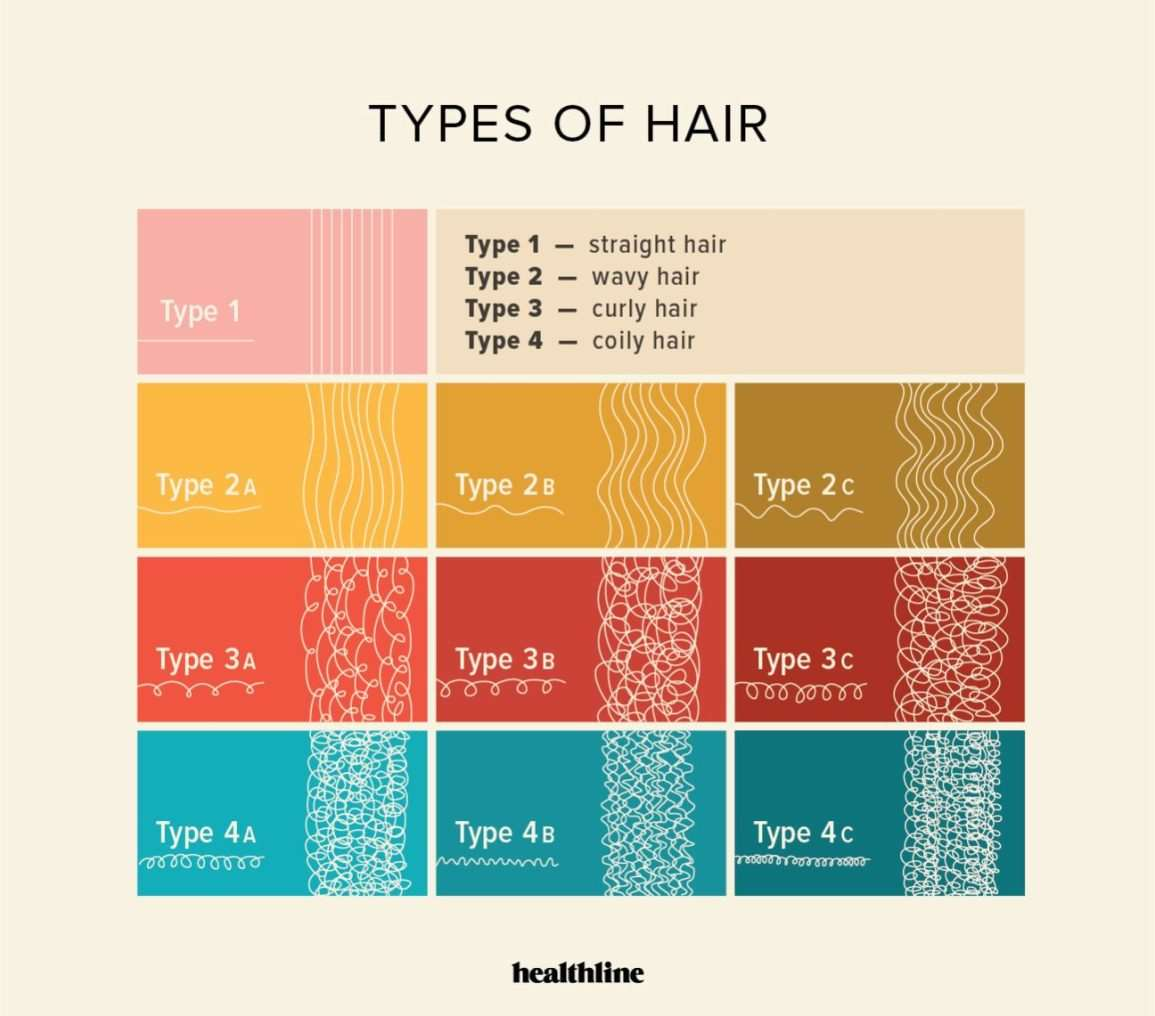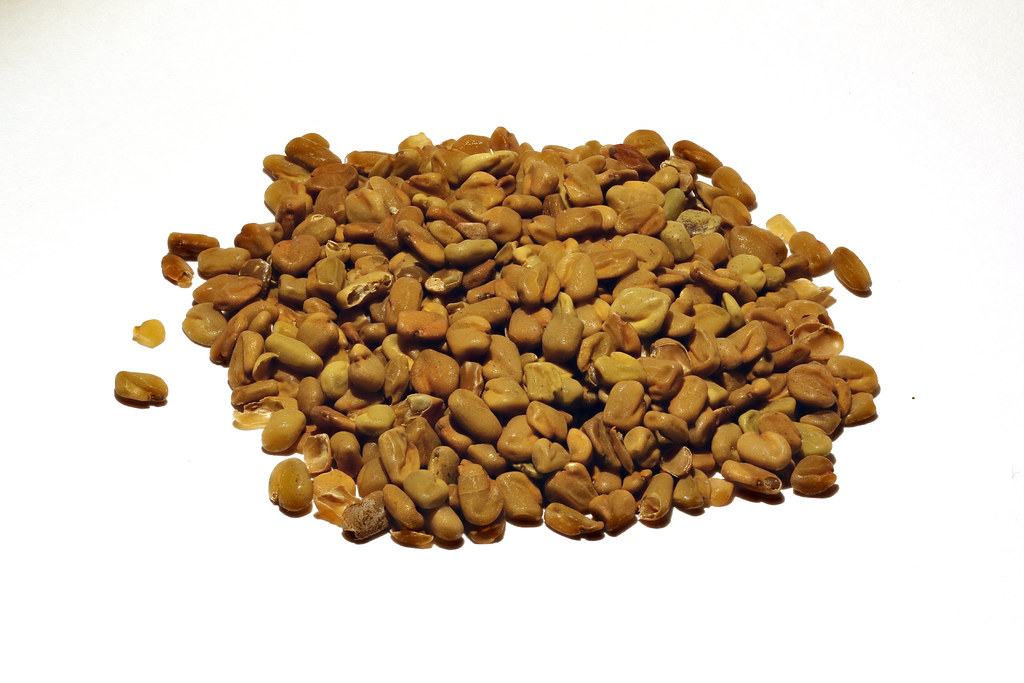How to make ayurvedic massage oil – massage oil recipe for muscle pain – Ayurvedic Herbal Massage oil
Today I am going to share with you a age old recipe that is passed down from generations in our family.
Most of my generation has forgotten about this recipe so I though instead of letting it die down over the period of time which not pass this recipe of innercircle out there and let everyone enjoy the benefits of it.
It is a recipe which is very dear to me and have been making this for many decades with which has only improved with the passing of time.
We are going to use one of the Ayurvedic infusion ( Panchvidhaya Kashayakalpana )
Called as Phanta which means hot infusion but without the water.
My granny never used water in the preparations so staying true to the recipe I am not going to use it but most of Ayurvedic oils use was as a ingredient as well.
Before starting you need to know about the herbs used in this recipe. Please make sure you know about each herb you use to make any herbal preparation.
Watch me make this recipe
Ingredients of massage oil
Herbal Ingredients
Remember all the ingredients needs to be super dry
Damini Balchad
Damini Balchad / Ratanjyot / Laljadi / Alkanet Root / Onosma / Orchanet
Botanical name – Arnebia Nobilis
Family – Boraginaceae
Medicinal properties
Rasa ( taste) – Tikshna ( Sharp )
Guna ( qualities ) – Ropana ( wound healing )
Veerya – Ushna ( hot potency)
Effect on Dosha – It balances Pitta
Alkanet Root herb used in Ayurveda preparations for its compounds such as alkannin and shikonin which exhibit anti-inflammatory and antioxidant properties.
Ratanjot is a family of plants in boraginaceae which impart deep red colour to the carrier medium.
Akarkara
Botanical name – Anacyclus pyrethrum
Family – Asteraceae
Medicinal properties
Rasa ( taste) – Tikta ( bitter ) and Katu ( pungent )
Guna ( qualities ) – Ruksha ( dry ) and tikshna ( sharp )
Veerya – Ushna ( hot potency)
Effect on Dosha – It balances Pitta
Akarkara is a potent herb in Ayurveda. It is known as Pellitory or Spanish Chamomile.
It belongs to Asteraceae family with tootheed leave and small daisy like flowers. It roots are used for its medicinal properties.
Akarkar is cosidered Tikta ( bitter ) in taste and Katu( pungent ) in taste and Ushna ( hot ) in nature.
All these properties contribute to the cleasing, purifying effects on skin. The
Ushna nature helps with blood circulation in the applied area thus promoting healthy glow.
Kudha
Kudha / Kutaja / Kutajarishta / Ghanavati
Botanical name – Holarrhena antidysentrica ( Male) and Wrightia antidysentrica ( Female)
Family – Apocyanaceae
Medicinal properties
Rasa ( taste) – Tikta ( bitter), Kashaya ( Astrigent )
Guna ( qualities ) – Laghu ( lightness ), Rooksha ( dry )
Veerya – Sheeta ( cold potency )
Effect on Dosha – It balances Kapha and Pitta
The bark of Kutaja or Kudha is rich source of tannins and alkaloids which are antifungal in nature it is naturally anti inflammatory.
It also helps in purifying blood in circulatory system therefore useful in skin diseases, gout, arthritis.
Nirgundi
Botanical name – Vitex negundo
Family – Verberaceae
Medicinal properties
Rasa ( taste) – Tikta ( bitter ) and Katu ( pungent )
Guna ( qualities ) – Laghu ( lightness ), Rooksha ( dry )
Veerya – Ushna ( hot potency )
Effect on Dosha – It balances Kapha and Vata
Nirgundi is a very effective as a muscle relaxant it helps in pain relief, stiffness of muscles and arthritis. It is super packed with compounds that are anti inflammatory and anti oxidant in nature.
Ajwain
Botanical name – Trachyspermum ammi L, Sprague
Family – Apiaceae
Medicinal properties
Rasa ( taste) – Tikta ( bitter ) and Katu ( pungent )
Guna ( qualities ) – Laghu ( lightness ), Rooksha ( dry )
Veerya – Ushna ( hot potency )
Effect on Dosha – It balances Kapha and Vata but increases Pitta
Ajwain also called as Ova in our household ( marathi name ) we love this spice as it gives nice taste to parathas during winters helps in digestion and heat up our body.
It is analgesic, anti inflammatory and anti microbial in nature. It helps to remove vata and kapha doshas from the body and improve digestion. It helps in improving blood circulation in the body.
Launka
Botanical name – Syzygium aromaticum
Family – Mytraceae
Medicinal properties
Rasa ( taste) – Tikta ( bitter ) and Katu ( pungent )
Guna ( qualities ) – Laghu ( lightness ), Snigdha ( oil )
Veerya – Sheeta ( cold potency )
Effect on Dosha – It balances Kapha and Pitta
Launka also called as Cloves are important part of my masala dani I.e spice box.
I use it almost everyday in our curries and stir fry vegetables. A little cinnamon stick and 2 cloves can change the taste of the dish in leaps and bounds.
On skin
Clove is super good for aches and pains and helps in relaxing the muscles. It is the best antioxidant known with high levels of phenolic compounds in a spice. Clove is known for its effect in rheumatic joint oain, lower back pain, sciatica.
Javitri
Botanical name – Myristica Fragrans
Family – Myristicaceae
Medicinal properties
Rasa ( taste) – Tikta ( bitter ) and Katu ( pungent )
Guna ( qualities ) – Laghu ( lightness ), Tikshna ( Strong )
Veerya – Ushna ( hot potency )
Effect on Dosha – It balances Kapha and Vata
Javitri or mace is the outer web that covers the nutmeg. Both belong to the same fruit but the taste wise both are totally different.
Javtri or made is used in massage oil especially to kill pain that is caused by achy joints I.e rheumatism.
Satavar / Shatavari
Botanical name – Asparagus racemosus
Family – Liliaceae
Medicinal properties
Rasa ( taste) – Madhura ( sweet ) and Tikta ( bitter )
Guna ( qualities ) – Guru ( Heaviness ), Singdha ( Oil )
Veerya – Sheeta ( cold potency )
Effect on Dosha – It balances Vata and Pitta
There are two types shrubs of Shatavari found one being Maha Shatavar and other simple shatavar. We will be taking simple shatavari here.
Shatavri is considered as anti aging or rasayana herb in Ayurveda. It is considered a life prolonging herb or delays aging.
It provides nutrition to body improves norishment to body tisses and helps build the damaged tisses. It also relieves stress and calms ones mind thus lower the stress delay in aging process.
Ashwagandha / Indian Ginseng
Botanical name – Withania Somnifera
Family – Solanaceae
Medicinal properties
Rasa ( taste) – Kashaya ( astringent ) Katu (pungent ) and Tikta ( bitter )
Guna ( qualities ) – Laghu ( Oily ), Singdha ( Oil )
Veerya – Ushna ( hot potency )
Effect on Dosha – It balances tridosha I.e Vata Pitta and Kapha
This is one miracle herb in Ayurved the amount of diseases it takes care of is amazing. Full of anti oxidant properties this herb gets amazing reviews from everyone who uses it. Therefore it is used in Chawanprash.
When Ashwaganda is used in massage oil it help relieve pain, inflammation and help reduce swelling and cellulitis.
I remember when I was a child my granny use to have this plant in her yard and whatever the issue she will make a decoction and give it to us.
Nagakeshar
Botanical name – Mesua ferrea
Family – Guttiferae
Medicinal properties
Rasa ( taste) – Kashaya ( astringent ) and Tikta ( bitter )
Guna ( qualities ) – Ruksha ( dry ) Tikshna ( Sharp ) and laghu ( light )
Veerya – Ushna ( hot potency )
Effect on Dosha – It balances Pitta dn Kapha doshas.
Nagakeshar also known as Ceylon Ironwood is national tree of Sri Lanka
Nagakeshar is basis of many herbal oils in ayurveda like Mahanarayan Oil etc
It is anti inflammatory and antioxidant because of the phytochemicals present in it.
Saunth – Ginger
Botanical name – Zingiber officinale
Family – Zingiberaceae
Medicinal properties
Rasa ( taste) – Katu (pungent )
Guna ( qualities ) – Guru ( heavy ), Ruksha ( dry )
Veerya – Ushna ( hot potency )
Effect on Dosha – It balances Kapha
There is no Indian in this world who has never tasted ginger or enjoyed that super addictive Indian ginger tea. We have it daily and would not imagine our day to start other wise. Even if I write this whole article on ginger it wont be enough. However I would like to highlight the qualities it has in this massage oil.
Ginger is a super anti inflammatory and brings down swelling. It relieves pain, cold and edema. It also stimulates the nervous system.
Jaiphal / Nutmeg
Botanical name – Myristica Fragrans
Family – Myristicaceae
Medicinal properties
Rasa ( taste) – Tikta ( bitter ) and Katu ( pungent )
Guna ( qualities ) – Laghu ( lightness ), Tikshna ( Strong )
Veerya – Ushna ( hot potency )
Effect on Dosha – It balances Kapha and Vata
Jaiphal or nutmeg comes from the same fruit as Mace. Mace being the out covering of the seed which has thick cover and the inner seed is Nutmeg or Jaiphal.
We as Indians use jaiphal in varitey or dishes as mostly being Maharastrian I would like to mention PuranPoli which without jaiphal is incomplete. It adds that distinctive flavour of our home food that a store brought poli does not give.
It helps in treating anxiety and depression it also relives stree and improve sleep.
It is anti microbial anti flammatory and stimulantin nature. It is very good for joint inflammation.
Methi / Fenugreek seeds
Botanical name – Trigonella foenum-graecum
Family – Fabaceae
Medicinal properties
Rasa ( taste) – Tikta ( bitter ) and Katu ( pungent )
Guna ( qualities ) – Laghu ( light ), Singdha ( Oily )
Veerya – Ushna ( hot potency )
Effect on Dosha – It balances Kapha and Vata
Methi is known in every household in India. Used for variety of vegetable preparations. The seeds, fresh leaves and dried leaves ( kasturi methi ) are used in variety of preparations.
We eat fresh leaves in variety of way sometimes stir fired with potato or sometimes in paratha and also with dal. I just love making things with methi.
However in this massage oil we like to use dried seeds. It is anti inflammatory, analgesic.
Oils used in how to make ayurvedic massage oil
Sesame oil
Most of the herbal oil preparation in Ayurveda are either Sesame oil or Coconut oil.
The north part of India where in winters coconut oil goes thick due to stearic content so we prefer to use Sesame oil.
Sesame oil is a natural anti oxidant due to high amount of Vit E. It also contains magensium, iron, zinc, Vit B6 and Vit K.
Sesame oil helps in improving the moisture in the skin and hair and overall improves it strength.
Sesame calms Vata and Kapha dosha in a person but since it is Ushna in potency it can increase the pitta slightly.
All the above ingredients are a must have ingredients without which you will not be able to make this herbal massage oil.
Following are ingredients that are optional but I prefer to use them as they fortify the oil
Optional Ingredients
Sunflower oil
Hempseed oil
Rosemary essential oil
Bheemsen Kapur
Peppermint Crystals
Recipe for Massage oil
Oil phase 3 litres
Sesame oil
Sunflower oil
Hempseed oil
Either just 3 litres of sesame oil or a combination of above oils
Herbs phase
30 grams of each herb
Balchad
Akarkara
Kutha
Nirgundi
Ajwain
Launka
Javitri
Satawar
Asthagandha
Nagekeshar
Saunth
Jaiphal
Meethi
Optional additivies
Rosemary essential oil – 0.5%
Bheemsen Kapur – 100 grams
Damini Balchad





No Comments